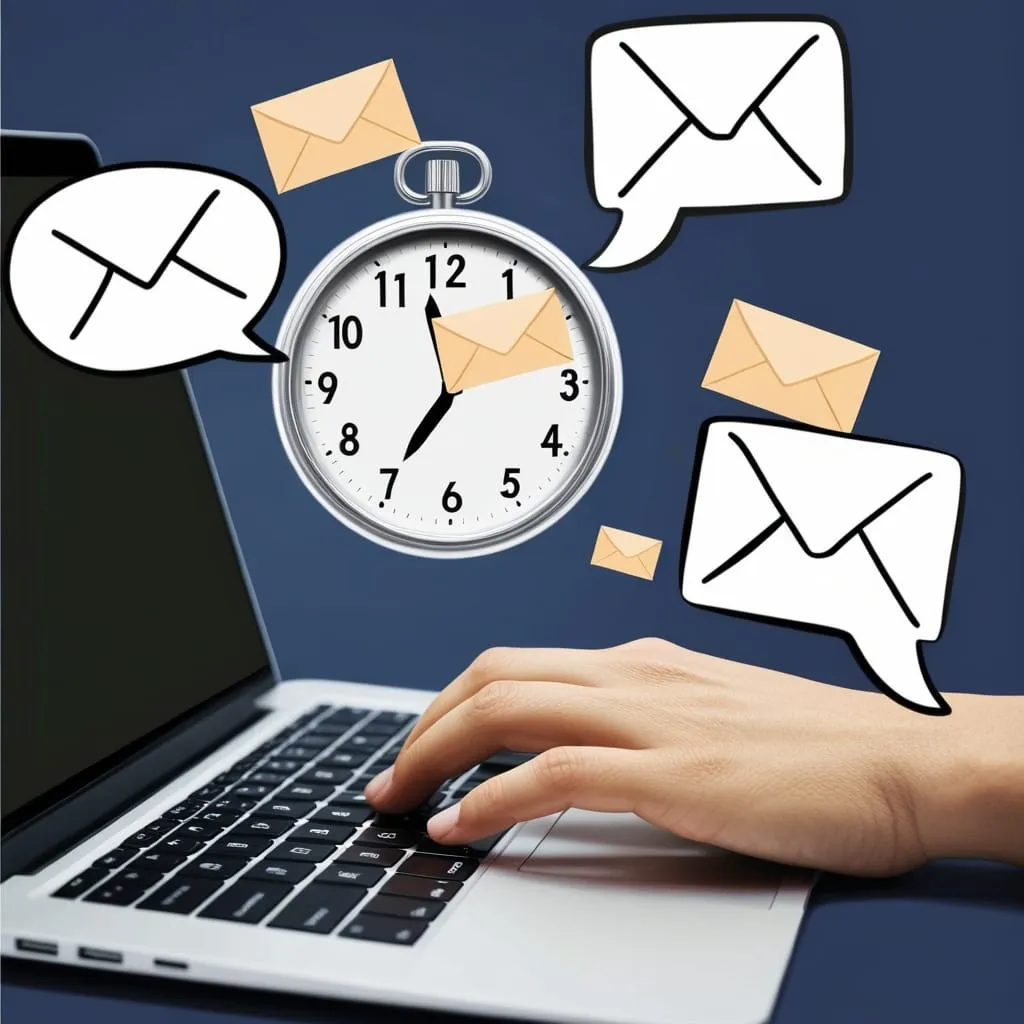Trading Like a Pro: Mastering the Art of Limit Orders
Ever feel like you're always a step behind in the stock market? Like you're constantly chasing prices and missing out on the best deals? Well, let me let you in on a little secret that the pros use: limit orders.
Limit orders are like your personal trading bodyguard. They stand watch over your investments, making sure you never pay more than you want to or sell for less than you're comfortable with. It's like having a financial bouncer who only lets the right deals through.
So, what exactly is a limit order? Think of it as your line in the sand. You tell your broker, "Hey, I want to buy this stock, but I'm not paying a penny over $50 per share." Or maybe you're selling and you say, "I won't let go of these shares for anything less than $100 each." That's the power of a limit order - you're in control.
Let's break it down with a real-world example. Say you've got your eye on Apple stock. It's trading at $150, but you think that's a bit steep. You've done your homework and you reckon $130 is a fair price. With a limit order, you can set that $130 as your max buy price. If Apple's stock dips to $130 or below, boom! Your order gets filled automatically. No need to sit glued to your screen all day.
But it's not just about buying. Selling with limit orders is just as slick. Let's say you own some Microsoft shares. They're at $237 now, but you've got a hunch they'll hit $300 soon. Set a sell limit order at $300, and when (if) the price reaches that magic number, your shares will sell faster than hotcakes at a breakfast buffet.
Now, you might be thinking, "This sounds great, but what's the catch?" Well, there are a few things to keep in mind. The biggest risk with limit orders is that they might not get filled at all. If the stock never reaches your set price, you're left on the sidelines. It's like setting the bar too high for a date - you might end up staying home alone.
There's also the possibility of partial fills. This is when only some of your order gets executed. It's like ordering a dozen donuts but only getting four. Not the end of the world, but it can be annoying, especially if you're paying commission on each trade.
But don't let these risks scare you off. The pros have ways to work around them. One trick is to set your limit price just a smidge above the current ask price for buys, or below the current bid for sells. This gives you a bit of wiggle room while still protecting you from nasty surprises.
Limit orders really shine in certain situations. Take earnings season, for example. Stocks can go crazy when companies report their numbers. By setting limit orders, you can catch those wild swings without getting caught up in the frenzy yourself.
They're also great for trading based on chart patterns. Spot a hammer candlestick? Set a buy limit order just above it. See a shooting star? Maybe it's time for a sell limit order. It's like setting traps for price movements - when they happen, you're ready to pounce.
One of the coolest things about limit orders is how they let you automate your trading. It's like having a robot assistant who never sleeps. You can set your orders to expire at the end of the day or carry over to future sessions. You can even combine them with other types of orders for a full-on trading strategy on autopilot.
Speaking of strategies, limit orders play well with others. You might use a limit order to get into a trade, then set a stop order to protect your downside. It's like wearing both a seatbelt and having airbags - double the safety.
Here's a nifty trick: try using limit orders with time-based strategies. Maybe you've noticed a stock tends to dip in the first hour of trading. Set a buy limit order for that time frame, and if the price hits your target, you're in. If not, the order cancels automatically. It's like fishing with a timer - you cast your line, and if you don't get a bite by lunch, you pack up and try again another day.
Limit orders are especially handy when you're dealing with oil or other commodities. These markets can be as unpredictable as a cat in a room full of laser pointers. But with limit orders, you can set your buy and sell points within a specific range. It's like playing ping pong with the market - you know exactly where to hit the ball.
Now, I'm not saying limit orders are a magic wand that'll turn you into the next Warren Buffett overnight. But they are a powerful tool that can seriously up your trading game. They give you control, save you time, and can help you stick to your trading plan even when emotions are running high.
Remember, successful trading isn't just about having the right tools - it's about knowing how to use them. Limit orders are like a Swiss Army knife for traders. They're versatile, reliable, and can get you out of all sorts of sticky situations.
So next time you're ready to make a trade, consider using a limit order. It might just be the secret weapon you need to trade like a pro. Who knows? With practice and patience, you might find yourself giving the pros a run for their money. Happy trading!






